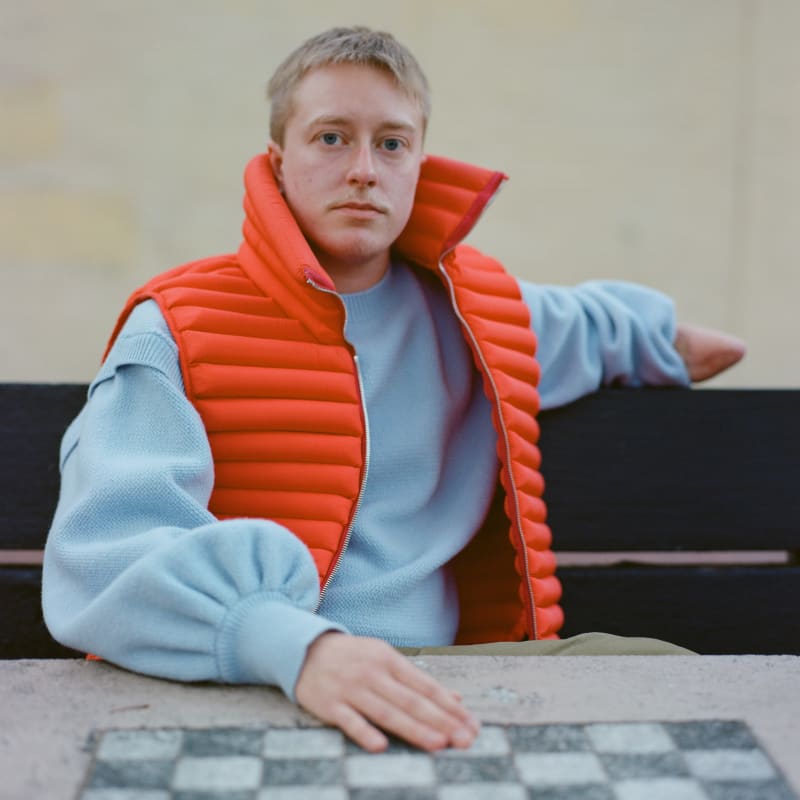Artist Linus Borgo is no stranger to periods of incubated change — over a decade ago he was involved in an electrical accident, resulting in the amputation of his left forearm and hand. In the hospital, he remembers the feeling of being a mere body, passed from one doctor to the next. Now, years later, he paints from his home and studio in Brooklyn, dissolving and reconstituting memories into potent compositions. These heightened visions and flashbacks exist somewhere between the corporeal and metaphysical, between dream and nightmare.
The painter credits his dance background and artists of the Italian Renaissance as having paved much of the territory on which he treads. “There’s a lot of choreography in paintings of the Renaissance,” he laughs, “and all those muscular bodies painted in the Sistine Chapel — many people were there to have a religious experience, I was just turned on.” Using thickly lain oil paint, Borgo extends the humanist traditions of Renaissance painting with an elegant attention to form and by grounding the work in his own personal experience.
“Sometimes I worry I am making trauma porn,” Borgo confesses. Memory is reductive; in our minds it flows, without bearing the broad monotony of time and place, charged by the lingering effects of elation and suffering that militate even our smallest experiences. As many of Borgo’s paintings are laden with the anguish and upheaval he once felt, they also might empower the viewer, reassuring them that the passing of time, no matter how slow it may feel, will inevitably change all circumstances.

